Dashi, the savoury stock pervasive in Japanese food, forms the foundation of the country's cuisine. Probably the most commonly used recipe involves soaking dried kombu seaweed with katsuobushi, fish flakes that are made from drying and smoking bonito fish. There are, however, vegetarian and vegan friendly alternatives for making equally umami-rich, quality dashi stock with superlative flavour.
The two most important ingredients to know for Shojin dashi, the stock developed by Buddhist monks seeking fish-free alternatives, are kombu seaweed and dried shiitake mushrooms. Other dried vegetables that are rich in glutamate, such as daikon, are also sometimes used to make superb dashi stocks.
Umami in Dashi
Umami, despite its recent rise in buzzword-worthy status, is still an enigma in most Western-led discussions about food. I'm not a chemist, and I'm pretty rubbish at explaining science, but understanding how umami works is necessary in understanding how dashi plays its successful role in imparting savouriness so well.
For the sake of simplicity, there are two types of umami: free glutamate and nucleotides. The former is often referred to, especially in Umami: Unlocking the Secrets of the Fifth Taste, as basal umami. Examples of foods that are rich in basal umami, or free glutamate, include many vegan ingredients. Apples, peas, miso, soy sauce, walnuts, Marmite (and related products), and Kombu seaweed are just some examples.
Nucleotides are considered synergistic umami. In other words they enhance and strengthen the umami flavour present in glutamate rich basal umami foods. Katsuobushi and dried shiitake mushrooms are both very rich sources of nucleotides. If you add a small quantity of a food rich in nucleotides to one that contains glutamate, umami flavour is intensified by at least 8 times. This is why combining katsuobushi with kombu, or dried shiitakes with kombu for a vegan version, results in such an intense umami flavoured dashi stock.
Shiitake Mushrooms
It was Brianna Clark Grogan who first introduced me to dried shiitakes in her book Authentic Chinese Cuisine for the Contemporary Kitchen, the first all vegan cookbook I ever bought. Easily in my top five list of must-have ingredients, these little flavour bombs have been a staple in my kitchen ever since.
Shiitake mushrooms contain lenthionine, which is partly responsible for their distinctive earthy and meaty aroma. The process of drying and then slowly rehydrating shiitakes increases the production of lenthionine molecules, and hence preserves the sought after flavours of the second most cultivated mushroom on the planet. Rehydration in water that is too hot will weaken the formation of these molecules, so keep that in mind when preparing shiitake dashi.
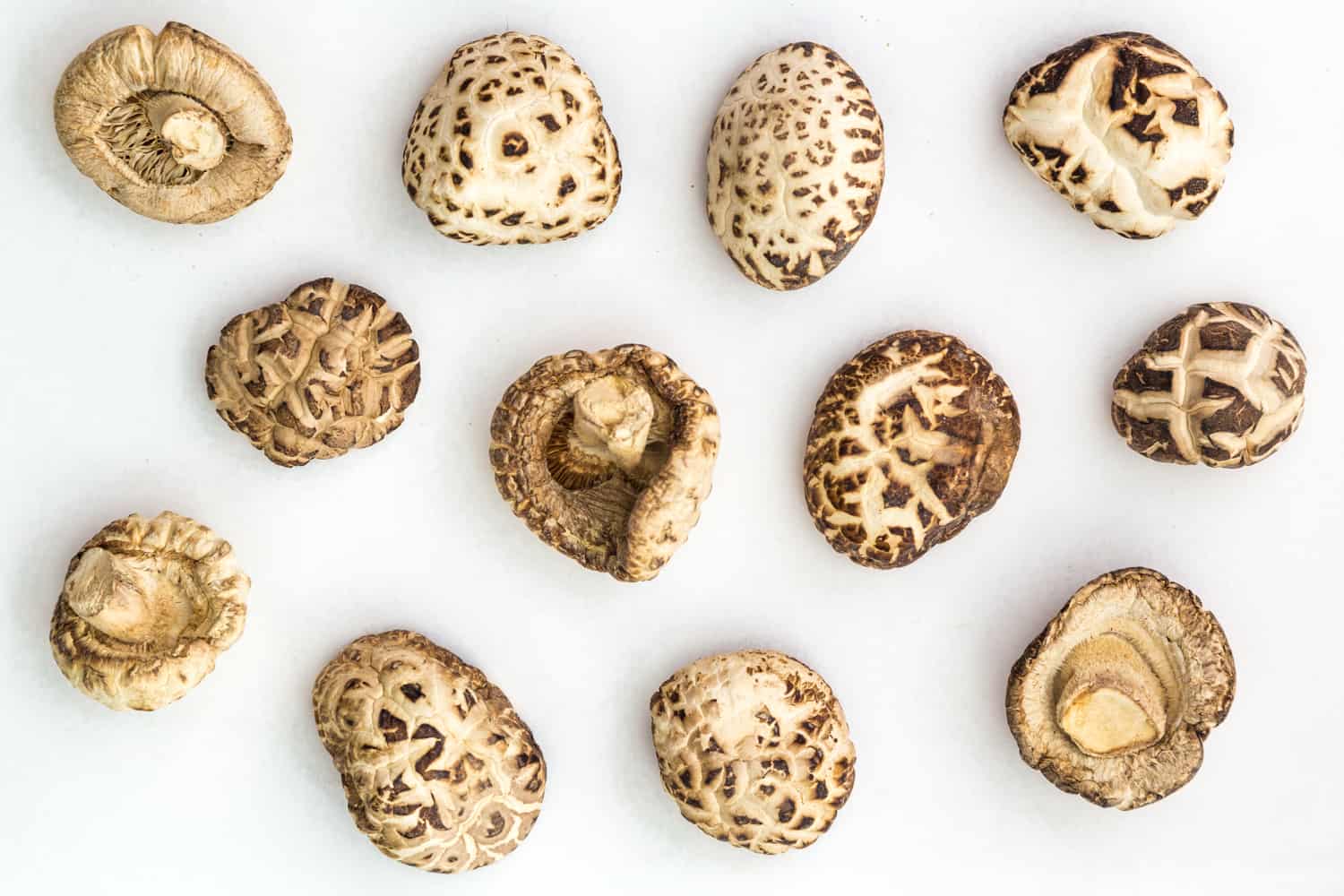
In Japanese cuisine, dried shiitakes are classified into four types based on both the openness of the caps and the time of year the fungus is cultivated. When the mushrooms are picked, the extent to which their caps have opened is used to determine their classification.
- Hanadonko are considered the highest quality and reputedly make the best shiitake dashi. These are cultivated at the lowest temperatures because the cold winter weather ensures the caps do not open fully. As a result of the drying process the cap develops white fissures that resemble a flower, so sometimes you will see these labelled as "flower mushroom." The caps tend to be very thick, and as a result the soaking time for these mushrooms is the longest – ideally overnight.
- Donko are a springtime grown dried shiitake variety, with thick caps that are 50% closed, and are considered second highest in quality. Donko mushroom caps hence make very good dashi.
- Kouko are also of good quality and will make reasonable dashi. The caps are 60% closed and are hence slightly less thick (but are still quite big).
- Koushin have the thinnest caps of all of the types of dried shiitake mushrooms as they are grown in warm temperatures that facilitate the opening of the caps (70-80% opened), and as a result are the quickest to rehydrate. These are better for stews than for dashi stock.
Kombu Seaweed
There are many variants of kombu and some are richer sources of basal umami than others. These are classified into different categories based on where the kombu is grown as well as physical characteristics of the seaweed. Some of those used for for dashi include ma-kombu, rausa-kombu, rishiri-kombu, and hidaka-kombu.
The kombu variety with the highest measure of glutamate is ma-kombu and the lowest is hidaka-kombu, which also happens to be the most readily available variety in London. While some types of kombu are professedly better for making dashi, you will still find good results with any of these variants, or with anything simply labeled as "dashi kombu." Do not use oboro-kombu or tororo-kombu, which are vinegared, shaved, fluffy seaweeds used for other purposes.
There is some misinformation floating about with regards to kombu and temperature. The quality of kombu dashi is affected by temperatures above 65 C, but not because too much heat destroys the glutamate present in kombu. You would need to heat kombu beyond 150 degrees Celsius before the glutamic acid it contains would become unstable. The purpose of kombu dashi is to best extract the umami rich amino acids (glutamic acid in this case) and soluble minerals, but continued heating can also coax out unwanted chemicals (e.g. those which impart a gloopy, gelatinous texture and others that lead to scum on the surface of the stock).
Most kombu these days is clean and does not need to be washed or wiped down, as is often recommended. Plus the savouriness we want to extract isn't present just in the kombu, but on it as well.
Adding Further Complexity to Dashi
Kombu or, preferably, kombu and dried shiitake mushrooms in combination, are the most common ingredients for making vegetarian dashi stock. That said, it isn't at all uncommon to utilise other ingredients to boost flavour and complexity. Sundried gourd, sundried daikon, and/or sundried carrot peelings, all of which contain basal umami (free glutamate), are examples of such additional ingredients.
Beyond this, consider the other Japaneses seasonings liked to be added to or used along with dashi stocks in cooking. Soy sauce and miso, high in free glutamate, are indispensable ingredients in Japanese cuisine. Mirin, a sweet rice liquor commonly utilised in Japanese cooking, is also a source of glutamate. And let's not forget sake. Beautiful, luscious sake.
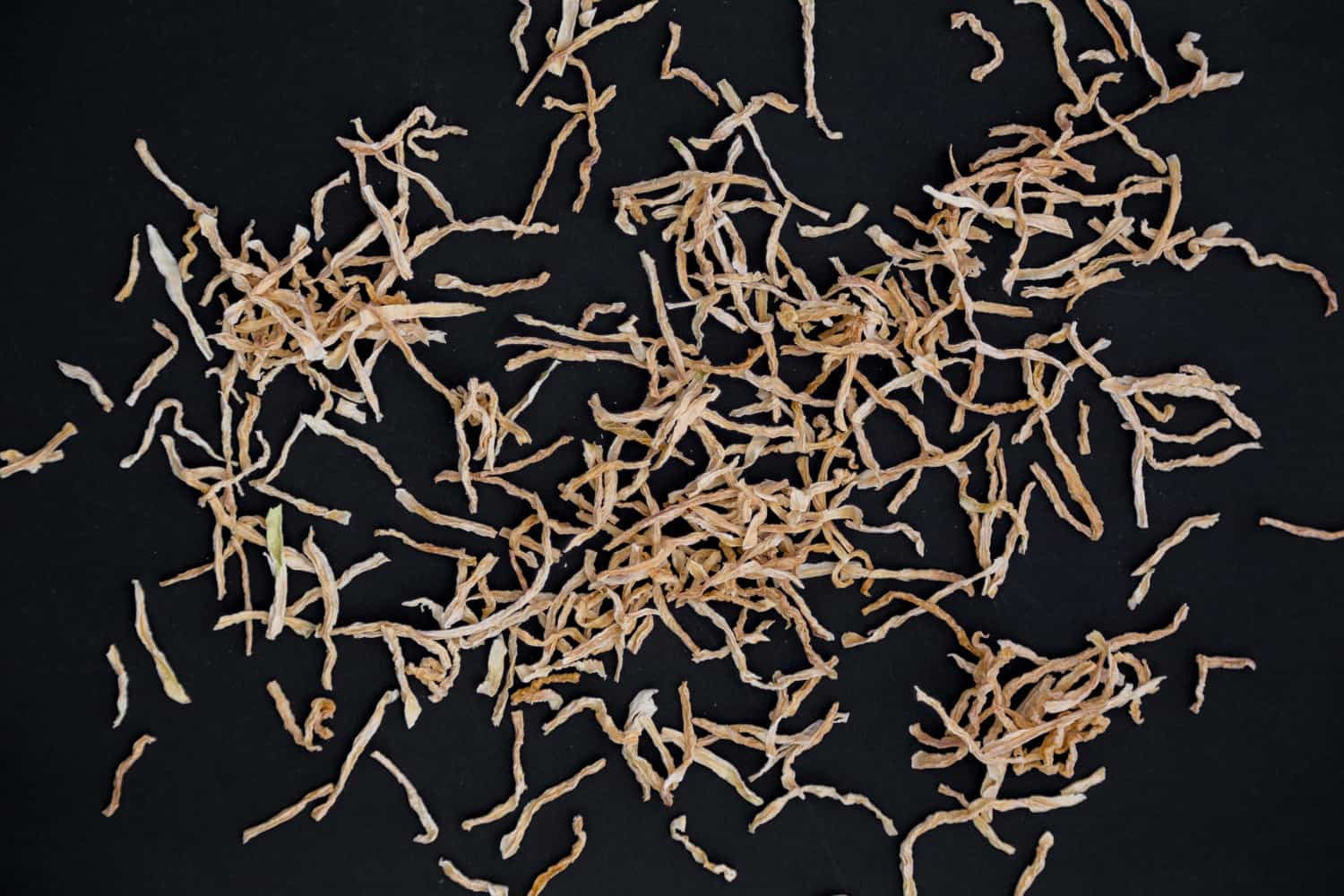
To learn more about Umami, I highly recommend the following resources, which were also my references for this article.
- Website: Umami Information Center
- Book: Dashi and Umami: The Heart of Japanese Cuisine
- Book: Umami: Unlocking the Secrets of the Fifth Taste
- Book: McGee on Food & Cooking
- Book: Kansha: Celebrating Japan's Vegan and Vegetarian Traditions
And now, some recipes.
Three Vegan Dashi Recipes
Recipes for kombu dashi, shiitake dashi, and sundried daikon dashi

- 1 litre water
- 15-20 grams kombu
- The heating method (produces a stronger-tasting stock): Add the kombu and water to a saucepan and leave to soak for an hour. Then bring the water to 60 degrees Celsius (140 Fahrenheit) for 30 minutes. Remove the seaweed.
- The soaking method (produces a light, clear stock): Pour the water into a bowl and add the kombu. Leave for around a day or overnight before removing the seaweed.
- 2 litres water, divided
- 75 grams (about 7-8 large) dried shiitake mushrooms
- 10 grams kombu
- Soak the mushrooms in one litre of the water for 6 hours, maybe longer if your mushrooms are thick. Strain (I usually squeeze the liquid from the mushrooms as well).
- Prepare the kombu dashi using either the heating or soaking method described above. Combine the two stocks.
- 1 litre water
- 10 grams kombu
- 12 grams (½ cup) sundried daikon
- Soak the kombu and sundried daikon together for a day or overnight. Strain solids.
- Author: Kip Dorrell
- Makes: Around 1-2 litres, depending on which recipe you use
- Cuisine: Japanese

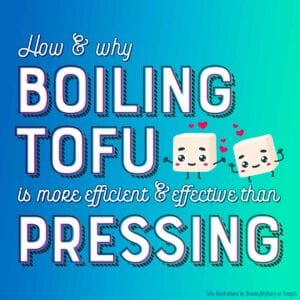

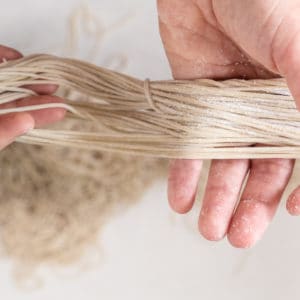
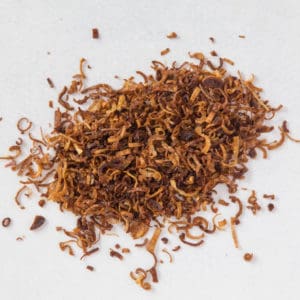
Caitlin says
Love the umami lesson. 🙂 Probably the most umami-rich recipe I've ever made was this (so good!) and now I understand why: http://www.seriouseats.com/recipes/2015/02/vegan-ramen-miso-creamy-vegan-vegetarian-food-lab-recipe.html
Vegan Ronin says
More like badonko donk.
Sharon allen says
{link deleted}
Yes, umami is really the fifth taste in all taste, it makes food tasty, using umami for cooking also make food fast and delicious.
I reserve the right to improve malicious and trollish comments.